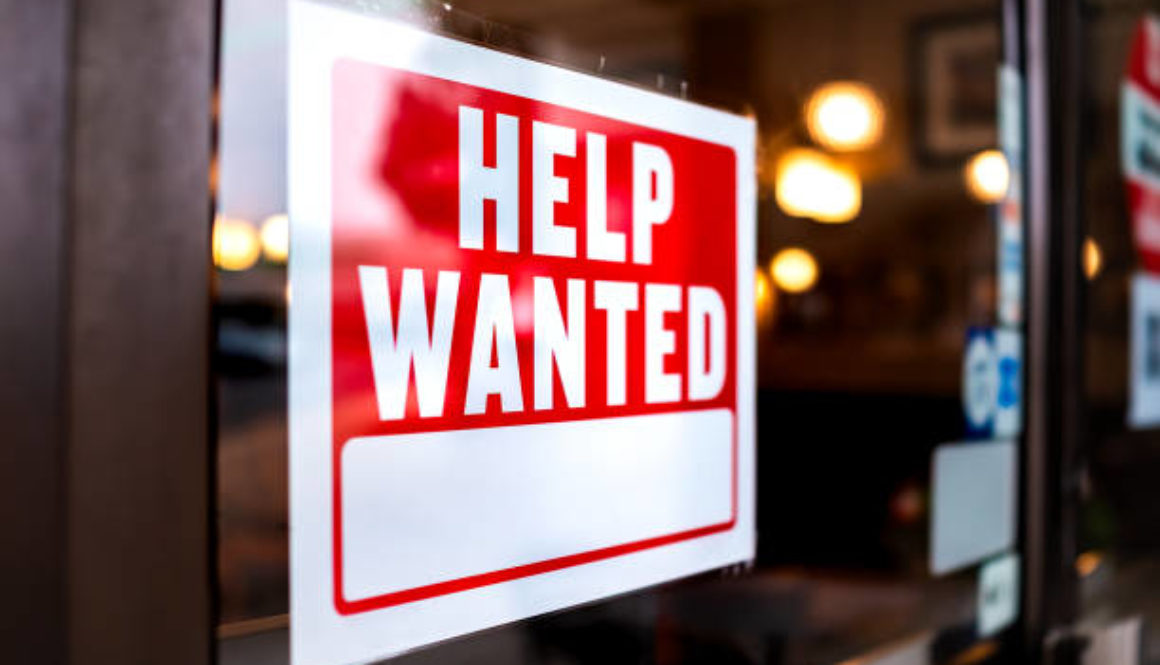Where Did All The Workers Go?
Financial Cushion
Unprecedented government relief (Expanded unemployment benefits, Stimulus checks, Student loan moratorium, & Eviction bans) gave families the extra financial cushion they needed to stay on the sidelines until they deemed it appropriate to return to work. People know that when they are ready there will be a job waiting for them.
When the workers sitting on the sidelines decide they are ready to return to the workforce their new job will certainly pay more than the job they had prior to the pandemic.
Immigration
Immigrant and non-immigrant visas were down nearly 54% between October 2019 and October 2020. This equates to nearly five million people. Additionally, unused green cards reached a record high in 2020.
The Trump administration put a freeze on green card applications in April 2020 and most temporary work visas were halted in June 2020. While the Biden Administration reversed this policy it will take some time for the immigrant worker pool to be refilled.
COVID-19 Impacts
Fear of Covid-19
- Many older and immunocompromised Americans are choosing to stay home.
Government & Employer Vaccine Mandates
- Nearly 60% of the U.S. population has received at least 1 shot of the COVID-19 vaccine. On the other side of the coin, mandates are leading a percentage of workers to quit their jobs and sit on the sidelines.
Harsh Reality of COVID-19
- The pandemic has taken the lives of over 750,000 American workers. While ghoulish in nature, this fact is undeniable nonetheless.
Early Retirement
Approximately 2 million more people have retired during the pandemic than experts predicted. This was especially true for American workers who worked in more vulnerable professions. Low income, front line workers who worked in more high risk industries exited the workforce more rapidly than white collar workers.
Slower Birth Rates Catching Up
America’s prime age population stopped growing over a decade ago. With fertility rates continuing to decline, it will be nearly impossible for us to replace the hole that the baby boomer generation is leaving in the workforce.
Article References:
- https://www.axios.com/immigration-labor-shortage-fc4134fb-2d44-4c8d-afa7-eff46bf1741d.html
- https://www.wsj.com/articles/where-did-all-the-workers-go-labor-shortage-biden-administration-11633725434
- https://www.cnbc.com/2021/10/20/global-shortage-of-workers-whats-going-on-experts-explain.html
- https://www.forbes.com/sites/gadlevanon/2021/08/17/the-top-trends-in-americas-job-market/?sh=58d92ce25c14
- https://www.theatlantic.com/ideas/archive/2021/10/how-do-you-make-7-million-workers-disappear/620475/

